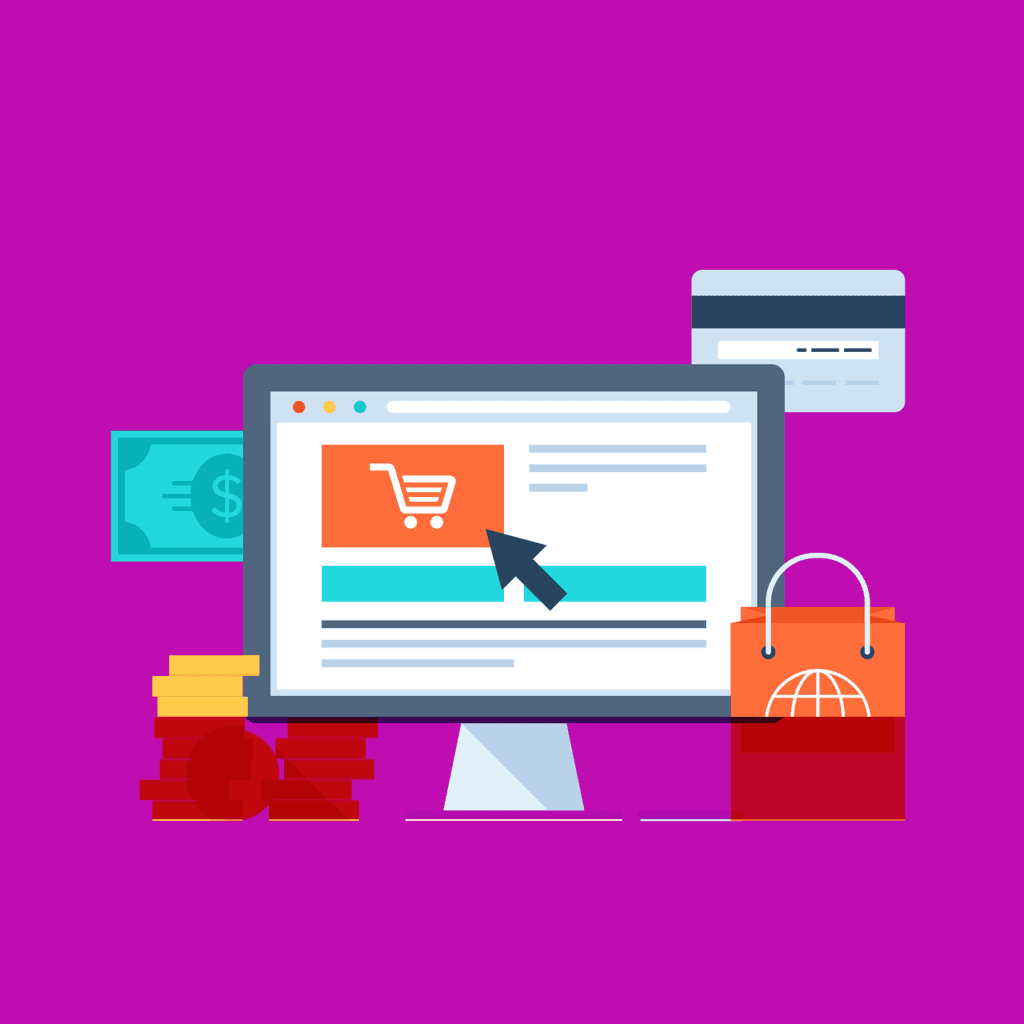
Launching Forthglade’s Build A Box Subscription
At Quickfire, we thrive on crafting digital experiences that not only meet business objectives but also deliver real value…
If you’re in ecommerce and you haven’t started using a multichannel approach to selling your products, it’s time to start!
By “multichannel”, we simply mean selling your products through a variety of websites. These could be marketplaces (eg Amazon and eBay) or socials (eg TikTok) in addition to your own website. It’s the online equivalent of selling your products in M&S, ASOS, and Monsoon as well as in your own store.
Developing a multichannel sales strategy is simple in concept, but it can be complicated in practice. Tracking and fulfilling orders across multiple channels can be overwhelming, and it can be hard to keep stock numbers straight.
A thoughtful multichannel sales strategy goes a long way in keeping your selling goals on track. We’ll look at why multichannel sales is worth the effort, and how you can create a multichannel strategy that works for your company and your target audience.
Here’s why we strongly recommend a multichannel approach, even with the complications of selling from multiple platforms.
If you stick to one selling channel, you’re likely to show your products to the same users again and again. There can be advantages to focusing your sales on the same group of shoppers (like establishing brand recognition and trust), but it’s important to expand your reach beyond the same, loyal customers.
By selling across various channels, you can advertise your products in several markets, amplifying your marketing efforts and allowing you to sell to customers who might not otherwise have found you.
When shoppers see your brand on several shopping channels, they start to trust it more. The more they see your products on their favourite sites, the more you’ll establish a reputation as a trustworthy brand with quality products to sell.
When shoppers see your brand selling across their favourite shopping channels, they begin to understand that you’re established, you’re trustworthy, and you’re here to stay.
One of the first steps in creating successful multichannel sales strategies is narrowing the focus to the right 3 or 4 sales channels. That way, you don’t spread yourself too thin, and you ensure your efforts are concentrated on the right sales channels for your products and customers. Here’s how.
Take a look at your competitors in the marketplace and see where they’re selling. If those channels make sense for your brand, they’re probably a good place to start selling your own products.
While you’re at it, make note of the titles, subtitles, and descriptions your competitors are using. Are they concise or wordy? Do they use buttoned-up language, or is it more playful? You shouldn’t change your brand image to copy your competitors, but seeing how others are selling successfully can give you ideas on how to tweak your own branding.
Where does your target audience like to shop? Dive into your customer data to understand who your shoppers are, why they buy your products, and where they like to buy them.
You should also look at current stats that explain which demographics are comfortable shopping through which channels. For example, younger shoppers are more likely to make purchases through social media platforms, while older shoppers don’t really trust those channels to keep their financial data safe.
The most popular multichannel sales channels options are Google Shopping, Amazon.co.uk, eBay.co.uk, and Etsy. But don’t discount niche and local channels, like B&Q for building industry products or John Lewis for home goods.
Inventory and order fulfilment get tricky when you’re running a multichannel sales strategy on your own. You have to be sure that you have sufficient stock to meet the demands of every channel without over ordering, and you need to ensure that there are timely stock updates on every channel.
Plus, you need to keep track of the orders that come in, where they originate, and how to fulfil each order in keeping with the standards and policies of that channel.
If you’re new to running multi-channel campaigns and you aren’t using multichannel management software, we recommend starting with no more than 3 channels (or consider using software that can make it all a lot easier).
When you think about it, every tip we’ve provided above is part of building a solid shopping experience for your customers. When you make shopping effortless, you’ll see higher conversions. Supplying sufficient reliable product details is one way to encourage sales.
The UX is noticeably different between D2C websites and an online marketplace. For starters, a marketplace offers thousands of products where a D2C shop will usually list less than 50. That means that the navigation features of a marketplace website are deeper and more robust. A D2C website should still employ filters and sorting, but it doesn’t need to offer as many.
On a D2C website, the branding is yours to direct. You can choose every colour and image, add product videos and other elements that make the website engaging, immersive, and entirely yours. Marketplace websites offer far fewer opportunities to brand your products, so the shopper might miss your logo or company name.
In both places, you’ll need to add correct and up-to-date product information and inventory data. Include lots of high-quality images and videos with your product descriptions. Features like these all help to remove purchase barriers, clearing the way for a sales conversion.
A positive customer experience is the heart of SEO, too. Search engines give higher places to brands that offer more product data and images, because those features make it easier for shoppers to make a purchase decision.
When you prioritise the shopper and give them the data they need to choose your product, you’re not just clinching that one sale; you’re proving to both web SEO and marketplace algorithms that your products deserve a higher place in their results pages.
One of the beauties of a multichannel sales strategy is that it takes your products to the markets customers prefer. By placing your products in an array of online marketplaces, you’re removing a barrier to conversion and bringing the customer one step closer to making a purchase.
You can sidestep so much of the multichannel selling headache simply by using Base! Our platform allows you to integrate popular marketplaces, store platforms, carriers, and useful ecommerce tools in one user-friendly panel.
Want to take Base for a spin? Start your 14-day free trial here.
Need an answer to a problem? Take a look at our insights section to find advice, guidance and recommendations across a range of e-commerce topics – from conversion to retention and loyalty, from systems integration to remarketing.










Copyright © 2025 Quickfire Digital